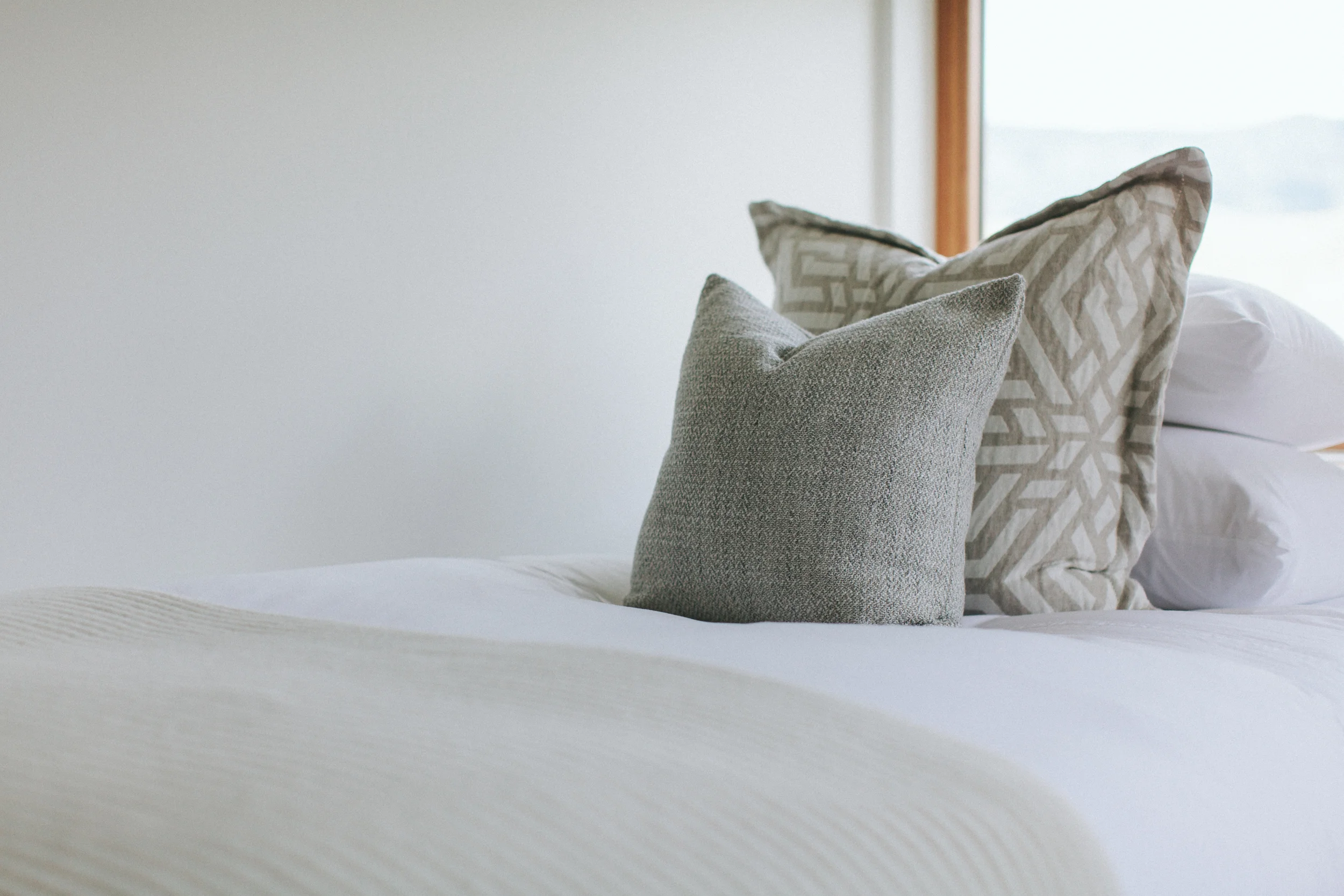Snow-hidden Retreat
If you have already spent a few days skiing in Japan, you are probably aware that the Japanese word for snow is yuki, or in kanji (Chinese characters): 雪. But the same kanji – with the same meaning – can also be pronounced setsu.
The “yuki” pronunciation is called kunyomi, or Japanese reading. The “setsu” pronunciation is called onyomi, or Chinese reading. Onyomi came together with the characters from China in the 6th century. Yes, the Japanese writing system is complicated. Let’s leave it at that. The second kanji 蔭 can mean several things, including hide or hidden. It’s pronounced in. So we have “snow” and “hidden”—hidden in snow—or, maybe, by association, a “snow-hidden retreat.”
Calligraphy style Setsuin
Contemporary Japanese architecture with a streak of zen and tea ceremony aesthetics. Think 16th century tea master Sen no Rikyu, if he ever took refuge in Hokkaido (which he definitely didn’t, Hokkaido not really being part of Japan at the time.) But we think that Sen no Rikyu—the Ur-Father of minimalism—would have felt very much at home in Setsuin (minus all the gadgets and gear, of course.)
Sen no Rikyu in another part of Japan
Setsuin is designed by renowned architect Makoto Nakayama, the creative mind behind many outstanding buildings in Niseko and around Japan.
Project and interior design by design firm Scandinavian Modern in Tokyo (scandinavianmodern.jp).




